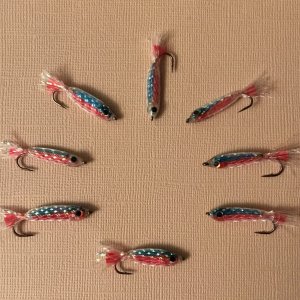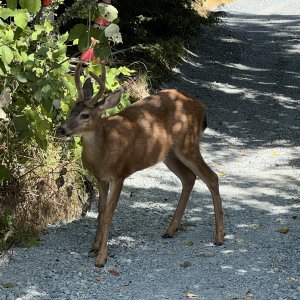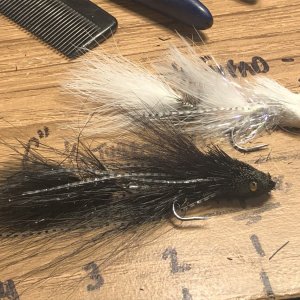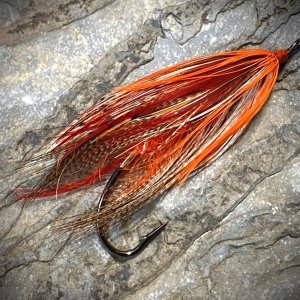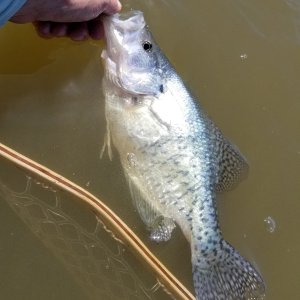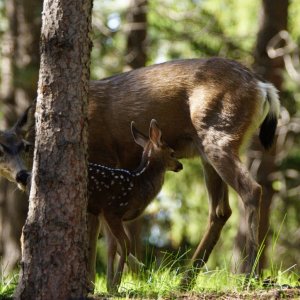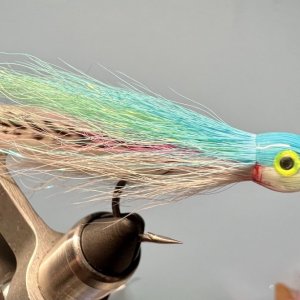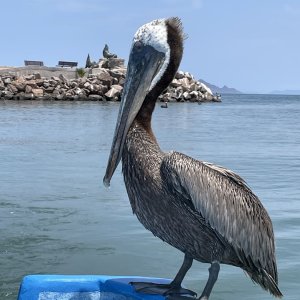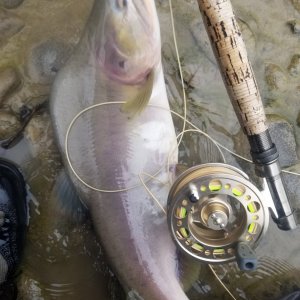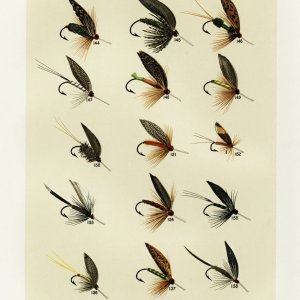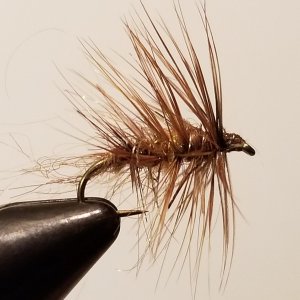Chris, there are (at least) two main rearing strategies for Puget Sound Chinook. Most juveniles seem to be "ocean type" that out migrate within the first 3 months or so after emergence. The second is the "stream type" Chinook where the juveniles spend about a year in fresh water before going to sea. Some recent observations suggest that the stream type life history may be more widespread than previously thought.
There are obviously a lot of factors involved throughout the life of a fish, but do you know which chinook life history is most successful as far as numbers of fish returning to spawn?
SF

